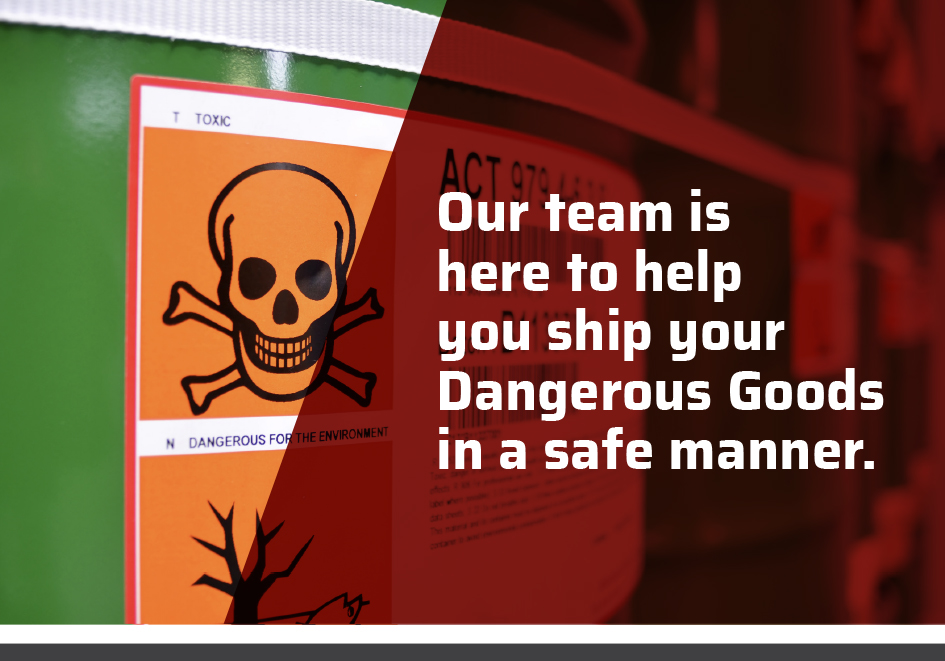Dangerous Goods
What are Dangerous Goods?
Customer Notification: IATA DANGEROUS GOODS STANDARD
Beginning May 1, 2023, NAC will begin using the IATA dangerous goods regulations for processing standards.
NAC will still accept certain DG shipments under 49-CFR. These specific shipments will require advanced notification and arrangements with our Dangerous Goods department prior to drop off.
Examples of acceptable 49-CFR shipments would be:
- Special permit shipments
- Large quantity shipments where IATA’s more restrictive packaging would be too costly (e.g. ammo, paint, etc.)
- Time sensitive materials that need to move ASAP with priority service levels
- Cargo that has already travelled by a freight forwarder from outside of Alaska and is being dropped for further shipment on NAC
- Materials that may be removed from the US regulations (e.g., diesel fuel, Jet-A fuel, combustibles, etc.)
- Additional materials as deemed necessary
NAC maintains a staff of fully trained 49-CFR personnel. However, the Dangerous Goods Specialists do not work all hours that NAC receiving is open. Notification will need to be made in advance to assure acceptance and processing on arrival.
Thank you for your understanding as NAC moves to the IATA standards.

Do you know what you are shipping?
There are many types of Dangerous Goods. Everything from lithium batteries to pressurized whip cream cans is considered to be a Dangerous Good when loaded into an aircraft. Altitude and pressurization can change the stability of many products. Dangerous Goods include, but are not limited to: ammunition, fuel, cleaners, paint, generators, and anything with a motor. To read more, visit the Federal Aviation Association’s (FAA) page on Dangerous Goods. If you are unsure, ask before you ship!
Identifying Dangerous Goods
Identifying Dangerous Goods is an important step in reducing the risks associated with the product by ensuring the right packaging, handling, and shipping. Never offer an unidentified, undeclared, or unclassified material for shipment. Compliance with FAA regulations and proper declaration of Dangerous Goods is the responsibility of the shipper.
The Department of Transportation and FAA can and does impose severe penalties for such actions, including civil penalties and criminal prosecution of shippers. When in doubt, remember to always ask one of our NAC Dangerous Goods Specialists for assistance.

